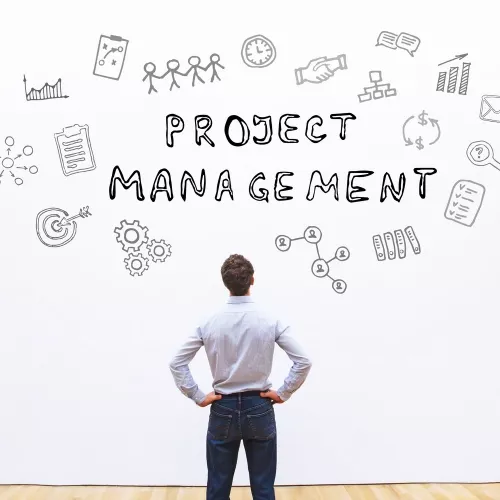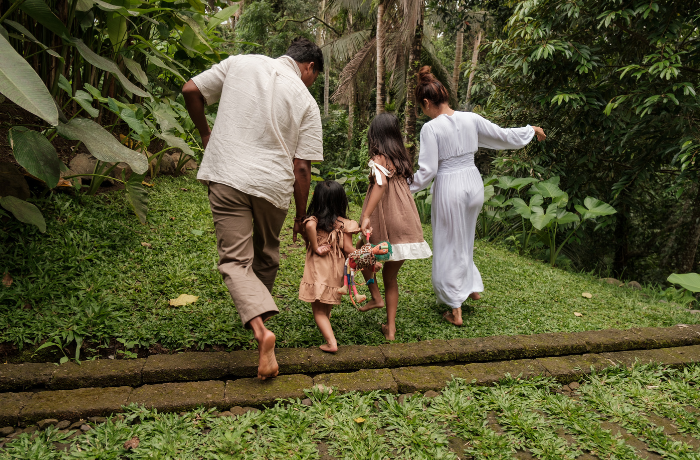1/ Moving away from emergency management
At the beginning of the epidemic, companies were particularly innovative and creative to adapt, in the emergency, notably thanks to the deployment of telework. As the waves passed, they integrated this management into their daily routine, without thinking about the aftermath, agility often giving way to tetany.
Yet, it is essential to keep innovating to tackle an ecosystem that will have changed in-depth, even post the COVID-19 crisis (2019 ≠2022).
It is helpful to establish calm and legible management (without standing still), of which the ability to project is a pillar. Some will say: "easier said than done." Indeed, but the time has come to return to some normalcy.
There are a few prerequisites for this:
- Exit from the derogatory procedures
- Reinstatement of collegiality in decision-making
- Longer term vision (planning)
- Prioritization of objectives

The succession of Covid-19 waves has kept companies in a crisis management mode since 2020. This state of "emergency" prevents internal debates, management evolutions, and inherent decision-making. The result is uncertainty for decision-makers and employees, preventing the former from acting and the latter from projecting themselves. Thus, the tunnel exists to recede as we move forward for all the actors.
However, let us remember that urgent doesn't mean essential. And yet, the emergency is now considered a new norm. When the end of the crisis is just around the corner, it has become crucial to think about the future, especially team management. Thus, associating sustainability with urgency in the same business project can worry some managers.
Here are a few keys to offering new perspectives to employees by facilitating their creativity and will to contribute while leaving behind crisis management and often too rigid constraints.
1/ Moving away from emergency management
At the beginning of the epidemic, companies were particularly innovative and creative to adapt, in the emergency, notably thanks to the deployment of telework. As the waves passed, they integrated this management into their daily routine, without thinking about the aftermath, agility often giving way to tetany.
Yet, it is essential to keep innovating to tackle an ecosystem that will have changed in-depth, even post the COVID-19 crisis (2019 ≠2022).
It is helpful to establish calm and legible management (without standing still), of which the ability to project is a pillar. Some will say: "easier said than done." Indeed, but the time has come to return to some normalcy.
There are a few prerequisites for this:
- Exit from the derogatory procedures
- Reinstatement of collegiality in decision-making
- Longer term vision (planning)
- Prioritization of objectives

2/ Offering prospects to employees
To plan the long term and thus contribute to the company development, employees need stimulating and reassuring perspectives. A holistic approach to HR contributes to this.
To promote employee well-being, the company must have better individual awareness to define common objectives that contribute to the company's performance and the employees' fulfillment.
The commitment of the latter is the main issue. The need for shared orientations, intelligent cooperation, and adaptability is crying out and will increase with the current renewal of generations within organizations.
The company project, in which employees are a driving force, is the appropriate tool to meet their need for projection and lay the foundations of collective skills that are key to its development.
As the cement of commitment, it provides employees and stakeholders with an understanding of the actions to be taken over some time.

This requires:
- Defining the fundamentals
- Formalizing the management methods
- Sharing the values
And make it live:
- Adjusting actions
- Being reactive
- Maintaining consistency and focus
3/ Make room for creativity and team contribution
The redefinition of the manager's role has changed with the emergence of generations Y and Z in the working world. It is no longer up to him alone to develop the best ideas! His role is also to help his employees develop their creativity and capacity for innovation.
Employees' creativity is an essential source of innovation. This is even more true in a period of crisis recovery. When soft skills sometimes take precedence over business skills, it is crucial to express themselves.
Creativity in companies depends on how much the company gives to that particular topic. It must be reflected in the company's culture and DNA to evolve in a creative environment.



